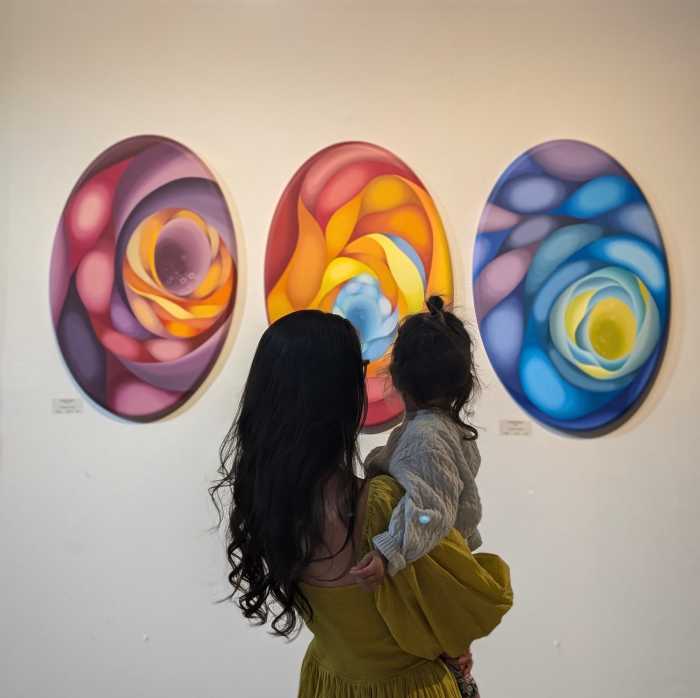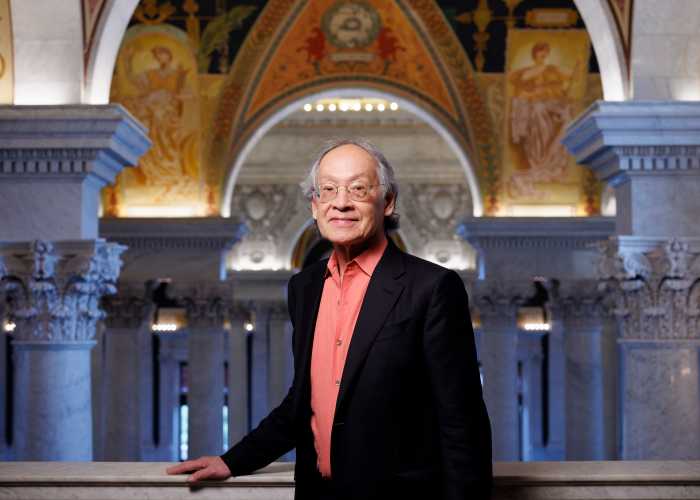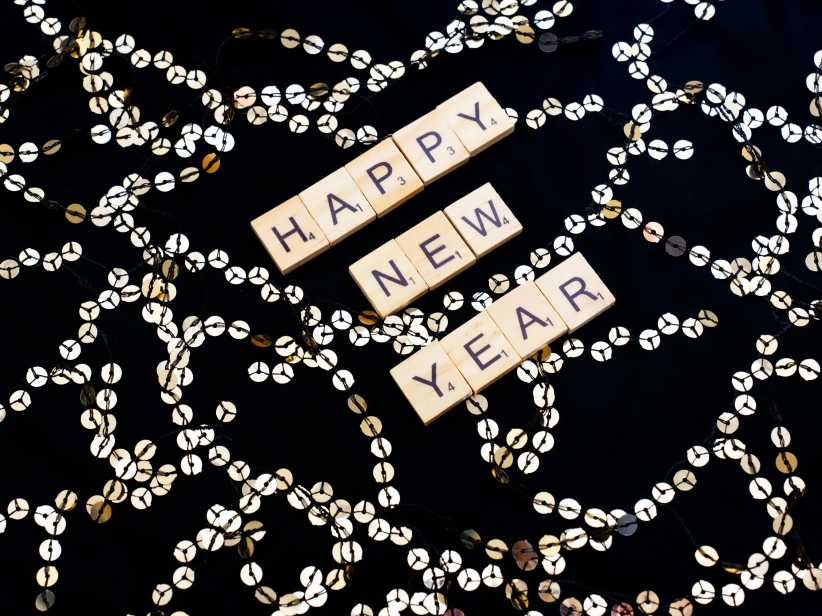by the Greater Astoria Historical Society
In conjunction with the Greater Astoria Historical Society, the Times/Ledger newspaper presents noteworthy events in the borough’s history.
Pope Paul VI, perhaps the world’s most famous individual, was the first pope ever to visit the United States. On Oct. 4, 1965 the pope said mass at Yankee Stadium to an audience of 90,000 people. And to a country embroiled in the Vietnam War, Pope Paul preached a 15-minute homily on peace, telling the crowds that “Politics do not suffice to sustain a durable peace.” Another item on the pontiff’s schedule was a visit to our borough. Crowds estimated at 600,000 lined the streets despite the icy winds to wave and cheer as the Pope’s motorcade drove 11 miles through Queens to the World’s Fair in Flushing Meadows. Pope Paul paid a visit to an old friend, Michelangelo’s famous statue the Pieta, in the Vatican Pavilion. The Pieta, on loan from Rome, was dramatically displayed in a darkened room with Gregorian chants playing softly in the background. It was one of the most popular attractions at the Fair.
The World’s Fair was pulling in huge crowds over the Columbus Day weekend. The total for Saturday through Monday was a record-breaking 1,011,725. Not everyone visited the fair just for the fun of it, though. On Oct. 6 a man stole a priceless thousand-year-old copy of the Koran from the Jordanian Pavilion. The following day, perhaps inspired to contrition by the pope’s visit, he telephoned police to tell them he had left the book in a mailbox in Springfield Gardens. The repentant thief told police he was drunk at the time of the incident and had not known what he was doing. At least he made no attempt to mail the bottle!
On Oct. 17, when the 1964-1965 World’s Fair closed, it had been visited by more than 51 million people. The final two days were the busiest ever, with many people standing on line for hours to say goodbye to their favorite attractions. General Motors’ “Futurama” exhibition was the most popular, playing host to an estimated 29 million people over the two-year period and beating its own record of 24.2.million visitors during the 1939-1940 World’s Fair. More than 23 million people visited the New York State Pavilion and its 226-foot observation tower, which Queens groups were campaigning to have retained for the post-fair park. It was outstripped only by General Motors and the Vatican Pavilion. Ford’s “Magic Skyway” attracted 15 million adventurous souls, and fairgoers quenched their thirst with seven million cups of Seven-Up.
Fair President Robert Moses was quoted as saying that the closing was really a commencement.
“I have seen Flushing Meadow rise from ash dump to glory,” he said, “and after this second fair we shall inaugurate what I am sure will eventually be the city’s finest park.”
Moses noted that many were saddened by the closing of the fair but added that “we have fostered enduring friendships and memories, which will persist and draw the people of a troubled world closer together.”
It all came to an end late on Sunday, Oct. 17. Couples embraced as “Auld Lang Syne” was played through the loudspeakers just before midnight. In the press building through which so many stories of the world’s greatest fair had passed, “the teletypes fell silent, the rows of new push-button phones were mute.” People began to drift out the gates for the last time. “I wish it could have gone on forever,” Tina Stone of Sunnyside sighed as the carousel in the Belgian Village slowed to a stop.
But, in the words of the Star Journal’s headline, “All the Tomorrows were Spent.” The flags of many nations were lowered and the Tower of Light went dark. On the morning of Monday, Oct. 18, the Unisphere stood alone and deserted as the garbage collectors moved in and the demolition crews readied their wrecking balls.
For further information, contact the Greater Astoria Historical Society at 718-278-0700 or visit their website at www.astor

































